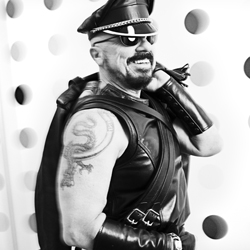Top 130 Quotes & Sayings by Zaha Hadid - Page 2
Explore popular quotes and sayings by a British architect Zaha Hadid.
Last updated on April 14, 2025.
Architecture is really about well-being. I think that people want to feel good in a space... On the one hand it's about shelter, but it's also about pleasure. The intention is to really carve out of a city civic spaces and the more it is accessible to a much larger mass in public and it's about people enjoying that space. That makes life that much better. If you think about housing, education, whether schools and hospitals, these are all very interesting projects because in the way you interpret this special experience.
My work first engaged with the early russian avant-garde; the paintings of moholy-nagy, el lissitzky's 'prouns' and naum gabo's sculptures, but in particular with the work of kasimir malevitch - he was an early influence for me as a representative of the modern avant-garde intersection between art and design.
Two years ago I focused on one apartment to see how many variations you can come up with in a given space with the same parameters. I would work on this repeatedly for days and you see that there is maybe seven hundred options for one space. This exercise gives you an idea of the degree at which you can interpret the organization of space, it is not infinite but it's very large.
I'm trying to discover - invent, I suppose - an architecture, and forms of urban planning, that do something of the same thing in a contemporary way. I started out trying to create buildings that would sparkle like isolated jewels; now I want them to connect, to form a new kind of landscape, to flow together with contemporary cities and the lives of their peoples.
There are some very similar moments in the early work where the focus was on drawing, abstraction and fragmentation. Then it moved to the development of ideas. Lately it has become what architecture should be, which is more fluid organization. There has not been so much 'a change' but 'a development'.
My earliest memory of architecture, I was perhaps 6 or 7 years old, was of my aunt building a house in mosul in the north of iraq. The architect was a close friend of my father's and he used to come to our house with the drawings and models. I remember seeing the model in our living room and I think it triggered something, as I was completely intrigued by it.
























